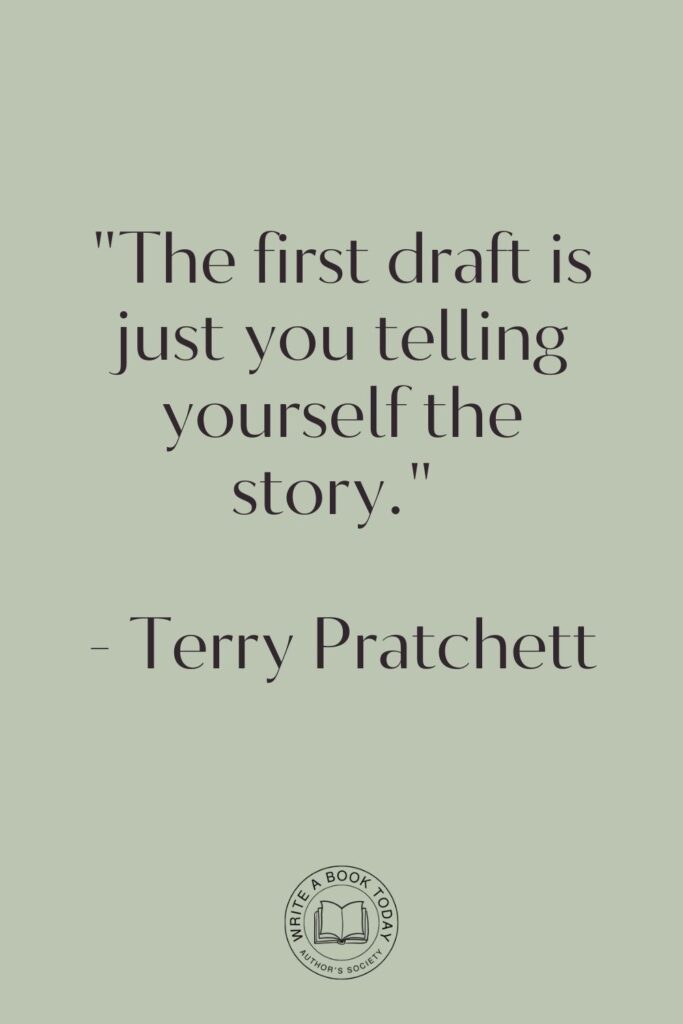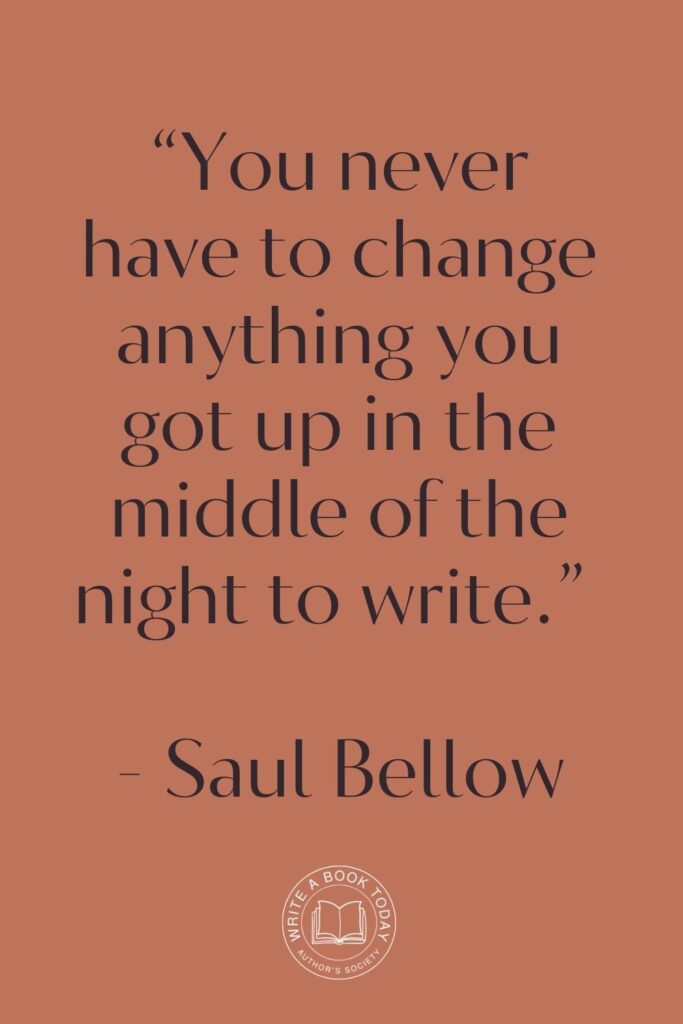Have you ever found yourself lost in a book, unable to put it down, as if the story itself had woven an unbreakable spell around you?
This magical allure is often the result of masterful plot development. In the world of writing, a well-crafted plot is the backbone of any compelling narrative.
Whether you’re penning a thrilling mystery or a heartfelt romance, understanding the art of plotting can transform your storytelling from mundane to mesmerizing.
So, how can you unlock this potential and craft plots that captivate and resonate?
Let’s dive into the heart of storytelling with these seven steps to plot perfection.
Understanding Plot Development
The concept of plot development is akin to a dance, where each step leads naturally to the next, creating a seamless flow that guides the reader through the narrative journey. At its core, plot development is about creating a sequence of events that are not just logical, but also emotionally engaging.
It’s the difference between a mere recounting of events and a tale that grips the reader’s imagination, keeping them invested until the final page.

What is Plot Development?
Plot development is the art of constructing a narrative’s framework, detailing how the story unfolds over time. It involves setting up the initial situation, introducing conflicts, and building towards a climax before resolving the narrative arc.
Think of it as the architectural blueprint of your story, outlining the rise and fall of tension and the progression of character arcs. A strong plot is more than a series of events; it’s a carefully orchestrated sequence that reflects the characters’ motivations and the story’s thematic essence.
The Importance of Plot in Storytelling
Imagine a house without a foundation—it might look appealing at first glance, but it won’t withstand the test of time. Similarly, a story without a solid plot lacks depth and direction.
Plot serves as the skeleton of your narrative, supporting character development and thematic exploration. It ensures that every event has a purpose and every character action contributes to the overarching story.
A well-developed plot can elevate a simple idea into a profound narrative, resonating deeply with readers.
Feeling lost with your debut novel?
Fiverr Pro connects you with expert editors, designers, and marketers – everything you need to get your book ready for success!

Step 1: Crafting a Compelling Premise
Every great story begins with a spark – a compelling premise that sets the stage for everything that follows. This initial idea is the cornerstone of your narrative, hinting at the central conflict and the journey your characters will undertake.
Crafting a compelling premise involves distilling your story’s essence into a single, intriguing concept that captivates both you and your readers.
Finding Your Central Conflict
At the heart of every engaging story lies conflict. This tension propels the narrative forward, challenging characters and driving the plot. The central conflict is the engine of your story, whether it’s a battle against external forces or an internal struggle within the protagonist.
Identifying this conflict early on provides direction and focus, ensuring that each plot point builds upon the last, heightening the stakes and reader engagement.
Establishing Character Motivations
Characters are the lifeblood of your story, and their motivations are the fuel that drives them. Understanding what your characters want and why they want it adds layers to your plot, making it more relatable and engaging.
Motivations should be clear, compelling, and connected to the central conflict, guiding your characters’ decisions and shaping the plot’s trajectory. A well-defined motivation not only enriches character development but also enhances the plot’s emotional resonance.
When crafting character motivations, consider their past experiences and future aspirations. These elements can provide a rich backdrop that informs their actions and reactions, adding depth to your plot.

Step 2: Structuring Your Plot
Just as a symphony requires a conductor to guide its tempo and harmony, your plot needs a structure to maintain its rhythm and coherence.
A well-structured plot ensures that your story unfolds in a way that is both engaging and satisfying, leading the reader through a journey of discovery and transformation.
The Three-Act Structure Explained
The three-act structure is a timeless storytelling framework that divides your narrative into three distinct parts: setup, confrontation, and resolution. This structure provides a clear roadmap for your plot, ensuring a balanced progression of events.
In the first act, you introduce your characters and establish the conflict. The second act heightens the stakes, presenting obstacles and challenges. Finally, the third act brings resolution, tying up loose ends and delivering a satisfying conclusion.
Freytag’s Pyramid: A Visual Guide
Gustav Freytag’s Pyramid offers another approach to plot structure, emphasizing the importance of rising and falling action. This model breaks down the narrative into five key stages: exposition, rising action, climax, falling action, and resolution.
By visualizing your plot in this way, you can ensure a dynamic ebb and flow of tension, keeping readers engaged from start to finish.
| Stage | Description |
| Exposition | Introduces characters, setting, and initial conflict. |
| Rising Action | Builds tension and develops the plot towards the climax. |
| Climax | The turning point where conflict reaches its peak. |
| Falling Action | Events following the climax leading to resolution. |
| Resolution | Concludes the story, resolving conflicts and themes. |
Consider using Freytag’s Pyramid as a tool to map out your plot. It helps in maintaining a balance between action and resolution, ensuring your story remains cohesive and compelling.

Step 3: Developing Your Characters
A plot is only as strong as the characters who inhabit it. Characters are the heart of your story, and their journeys are what truly captivate readers. Developing well-rounded, relatable characters is crucial to creating a plot that resonates and endures.
Creating Relatable Protagonists
Your protagonist is the lens through which readers experience the story, so it’s essential that they are relatable and compelling. A well-crafted protagonist possesses a mix of strengths and flaws, making them human and believable.
Their goals and challenges should reflect universal themes, allowing readers to empathize with their journey and invest in their outcome.
No marketing platform? No social following? No problem!
Publisher Rocket helps you market your debut novel like a pro.
It’s a gamechanger for debut authors – try it today!


Balancing Character Growth with Plot Progression
Character growth and plot progression are two sides of the same coin. As your plot unfolds, your characters should evolve, responding to challenges and learning from their experiences. This growth should be woven into the plot, influencing decisions and driving the narrative forward.
A harmonious balance between character development and plot ensures a rich, immersive storytelling experience.
To achieve a balance between character growth and plot progression, regularly evaluate how each plot event impacts your characters’ development. This reflection will help you create a cohesive narrative where character and plot enhance one another.

Step 4: Building Tension and Conflict
Tension and conflict are the heartbeat of your plot, keeping readers on the edge of their seats. By skillfully weaving these elements into your narrative, you create a sense of urgency and anticipation that propels the story forward.
Types of Conflict: Internal vs. External
Conflict can arise from external forces, such as antagonists or societal pressures, or from within the characters themselves, as they grapple with their own fears and desires.
Balancing internal and external conflicts adds complexity to your plot, offering multiple layers of tension that enrich the narrative. Each type of conflict should challenge your characters, pushing them towards growth and change.
Raising the Stakes Throughout Your Story
As your plot progresses, the stakes should continually rise, escalating the tension and drawing readers deeper into the story. This can be achieved by introducing new challenges, intensifying existing conflicts, or revealing unexpected twists.
By keeping the stakes high, you maintain reader engagement and ensure a dynamic, compelling narrative.

Step 5: Crafting a Satisfying Climax
The climax is the crescendo of your plot, the moment where all the tension and conflict come to a head. Crafting a satisfying climax is crucial to delivering a memorable and impactful story.
The Role of Climax in Plot Development
The climax serves as the turning point of your narrative, where the central conflict reaches its peak and the protagonist faces their greatest challenge. This pivotal moment should be both inevitable and surprising, providing a resolution that feels earned and meaningful.
A well-executed climax leaves a lasting impression, resonating with readers long after the story ends.
Creating Emotional Payoff for Readers
Beyond resolving the plot, the climax should deliver an emotional payoff, rewarding readers for their investment in the story. This can be achieved through character revelations, dramatic confrontations, or poignant moments of realization.
By evoking strong emotions, you create a powerful connection with your audience, ensuring your story lingers in their minds.

Step 6: Weaving Subplots Effectively
Subplots are the threads that enrich your narrative tapestry, adding depth and dimension to your story. When woven effectively, subplots can enhance themes, develop characters, and provide contrast to the main plot.
Integrating Subplots with the Main Plot
Subplots should complement and intersect with the main plot, creating a cohesive and interconnected narrative. They can offer alternative perspectives, explore secondary characters, or introduce parallel conflicts that mirror the central theme.
By carefully integrating subplots, you add complexity and richness to your story, engaging readers on multiple levels.
Enhancing Themes through Subplots
Subplots provide an opportunity to explore and reinforce the themes of your story. By examining different facets of the central theme through various subplots, you create a layered and nuanced narrative.
This thematic exploration deepens the reader’s understanding and connection to the story, making it more resonant and impactful.

Step 7: Concluding with Impact
The conclusion of your story is your final opportunity to leave a lasting impression on your readers. A well-crafted ending ties up loose ends, resolves conflicts, and reinforces the themes and messages of your narrative.
Tying Up Loose Ends
A satisfying conclusion addresses all major plot points and character arcs, providing closure and resolution. Ensure that all conflicts are resolved, and that characters have reached a point of growth or change.
This sense of completion leaves readers feeling fulfilled and content, having experienced a well-rounded and cohesive story.
Leaving a Lasting Impression on Readers
Beyond tying up loose ends, your conclusion should evoke an emotional response, leaving readers with something to ponder or reflect upon.
Whether it’s a poignant moment, a surprising twist, or a thought-provoking message, aim to create an ending that resonates and lingers in the minds of your audience.
This lasting impression is the hallmark of a truly impactful story.
When crafting your story’s conclusion, consider how you want readers to feel as they close the final page. This emotional impact can guide your choices and ensure a powerful and memorable ending.

Tips for Mastering Plot Development
Common Mistakes to Avoid
- Avoid predictable plots by incorporating unexpected twists and turns.
- Ensure that subplots are relevant and contribute to the main narrative.
- Establish clear stakes to maintain tension and reader engagement.
- Avoid relying on coincidences to resolve conflicts.
- Let the plot evolve organically from the characters’ decisions and growth.
Google Docs is for notes. Scrivener is for novels. Upgrade your writing game and try it for free today!

Practicing Your Plotting Skills
Mastering plot development is an ongoing journey that requires practice and experimentation. Consider writing short stories to hone your skills, as they offer a focused environment to explore plot structures and techniques.
Participating in writing challenges or workshops can also provide valuable feedback and inspiration, helping you refine your plotting abilities. Remember, the more you write, the more adept you become at crafting captivating and cohesive narratives.
To further develop your plotting skills, analyze the plots of successful stories in your favorite genres. Pay attention to how authors build tension, introduce conflict, and resolve the narrative. This analysis can provide valuable insights and inspiration for your own writing.
In the end, plot development is both an art and a science, requiring creativity, intuition, and a deep understanding of storytelling techniques.
By embracing these seven steps, you’ll unlock your storytelling potential, crafting plots that captivate, inspire, and endure. Happy writing!








